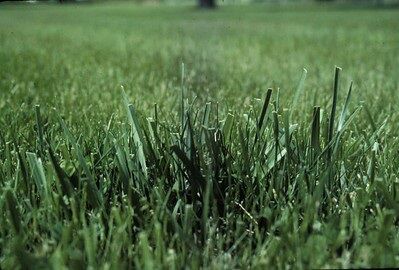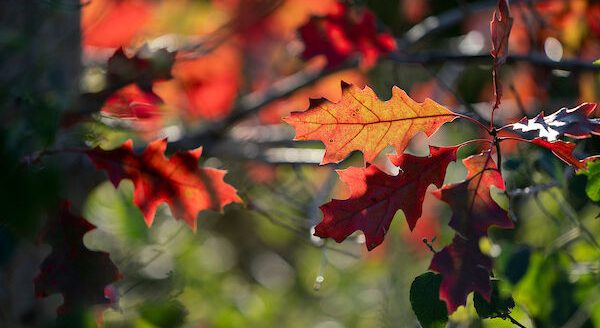Give your yard a look over
By David Lott
University of Nebraska-Lincoln
Spring is officially here. Thank goodness that we have more daylight now and generally warmer temperatures to have a chance to go outside and enjoy nature during this difficult time of social distancing. Numerous peer reviewed journals have cited the physical and emotional benefits of being outdoors, and interacting with nature.
Our current situation leads us to wonderful opportunity to step outside, and see how the landscape is looking. Here is an opportunity to identify areas of the landscape that a homeowner would like to change, update or dream of something new.
Before purchasing seed, equipment or plant material, a thorough look over the entire yard needs to be done to create a realistic plan that can succeed for the growing conditions in individual landscapes, and level of maintenance that is acceptable for the homeowner.
As Kim Todd, Nebraska Extension horticulture specialist and licensed landscape architect would say, “What do you have, and what do you want?” This is a perfect starting point when looking at the landscape, and building a plan for fits individual landscape needs. Here are some simple factors to think about when going on the yard walk.
1. Light—What is the light exposure in different areas of the landscape? Where are the shadows cast from trees and buildings and what time of day? The key is to raise plant material that match the light exposure levels of the desired plants for healthy, thriving plant material.
2. Slopes—Slopes in the landscape can impact light exposures, sometime causing plant material to break dormancy early, especially on a southern exposure.
3. Microclimates—Are there areas in the landscape that are protected or enclosed by the buildings, low spots, windbreaks, established trees, or modified northern, southern, eastern or western exposures? These factors need to be considered since it does impact which plant material will thrive in relation to this protection and the corresponding light conditions.
4. Water—How much water and irrigation will be needed for various plant materials to thrive? Pair plant materials that need the same or similar water requirements together in plantings in the landscape. For instance, most butterfly garden plants do not need lots of irrigation. over-watering can lead to lanky growth, or plants that die out over time. This example is especially true if lawn irrigation systems are watering in areas where low water use plants will be planted and maintained. In this case, adjust the lawn irrigation system to avoid watering in these areas.
5. Right Plant—Right Place—Right Environment—This simple concept cannot be underestimated. For plant material to thrive in the landscape environment, plant material needs to be matched to the light, slope, microclimate and water availability in the landscapes. All of these factors lead up to choosing, planting and caring for plant material that will thrive in various landscapes.
No two landscapes are the same, and these factors will vary that were just discussed. Instead of using a “cookie cutter” approach to landscape planning and maintenance, consider all of these factors to make a plan that fits what is present in your individual environment. If changes to these factors are desired, identify the “What do you want?” part, and consider how these factors will change to make the desired changes possible.


